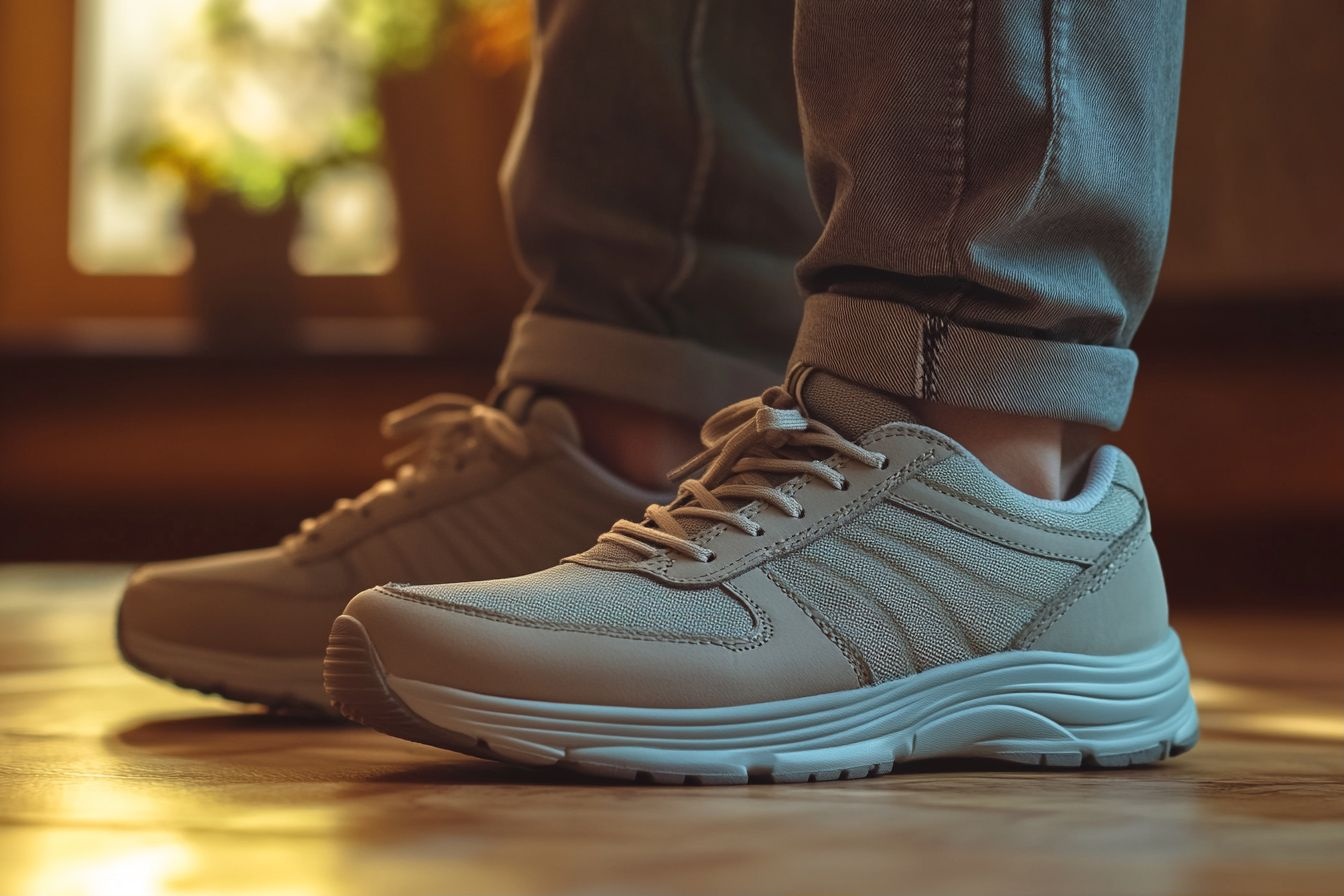Socks in Everyday Life and How They Help
Socks are a small part of clothing that make a big difference. They keep feet comfortable inside shoes, protect skin from rubbing, and add style to outfits. Different types of socks are made for school, sports, and relaxing at home. Learning about them makes it easier to choose the right pair for each day.

How Socks for Everyday Comfort Enhance Daily Activities
Everyday comfort socks are specifically designed to provide consistent support and cushioning throughout regular daily activities. These socks typically feature reinforced heel and toe areas, arch support, and seamless toe construction to minimize pressure points and friction. The comfort benefits extend beyond physical relief, as properly fitted socks can improve posture by providing better foot stability within shoes. Cotton blend materials often dominate this category, offering breathability while maintaining durability for extended wear. Many everyday comfort socks incorporate light cushioning in strategic areas like the heel and forefoot, distributing weight more evenly and reducing fatigue during long periods of standing or walking.
Athletic Sock Features That Support Active Lifestyles
Athletic socks are engineered with performance-specific features that address the unique demands of physical activity and sports participation. These specialized socks often incorporate synthetic materials or merino wool blends that excel in moisture management and temperature regulation. Key features include targeted compression zones that improve blood circulation, extra cushioning in high-impact areas, and seamless construction that prevents chafing during repetitive movements. The height variations in athletic socks, from no-show to crew lengths, cater to different sports and personal preferences while maintaining optimal performance characteristics. Advanced athletic socks may include antibacterial treatments that help control odor and maintain freshness during intense physical activities.
Dress Sock Types for Professional and Formal Settings
Dress socks encompass various styles designed to complement professional and formal attire while maintaining appropriate aesthetic standards. Common dress sock types include over-the-calf socks that prevent skin exposure when sitting, mid-calf options for everyday business wear, and no-show varieties for contemporary professional styles. Material composition in dress socks often emphasizes finer fibers like bamboo, silk blends, or high-quality cotton that provide smooth textures and refined appearances. Color coordination and pattern selection in dress socks can enhance overall outfit cohesion, with solid colors offering versatility and subtle patterns adding personality without compromising professionalism. The construction of dress socks typically features thinner profiles that accommodate dress shoes while maintaining comfort throughout long workdays.
Cotton Blend Sock Benefits for Year-Round Wear
Cotton blend socks combine natural cotton fibers with synthetic materials to create versatile options suitable for various weather conditions and activities. The cotton component provides natural breathability and softness against skin, while synthetic additions like polyester, nylon, or spandex contribute durability, stretch, and shape retention. These blends often offer improved moisture-wicking capabilities compared to pure cotton while maintaining the comfortable feel that makes cotton popular. Cotton blend socks typically resist shrinkage better than pure cotton alternatives and maintain their fit after repeated washing cycles. The versatility of cotton blends makes them suitable for both casual and semi-formal wear, providing a balanced approach to comfort and practicality.
Moisture Wicking Socks and Foot Health Protection
Moisture wicking socks utilize specialized synthetic fibers or treated natural materials to actively transport perspiration away from skin surfaces toward outer layers where evaporation can occur more effectively. This moisture management capability significantly reduces the risk of fungal infections, bacterial growth, and unpleasant odors that thrive in damp environments. Advanced moisture-wicking technologies often incorporate multiple fiber layers that work together to maintain dry conditions around feet. The health benefits extend to blister prevention, as reduced moisture levels minimize the friction that causes painful skin irritation. These socks prove particularly valuable for individuals with active lifestyles, those who spend long hours in closed footwear, or people prone to excessive foot perspiration.
| Sock Type | Brand Example | Key Features | Price Range |
|---|---|---|---|
| Everyday Comfort | Hanes Comfort Blend | Cotton blend, cushioned sole | $8-15 per 6-pack |
| Athletic Performance | Nike Dri-FIT | Moisture wicking, arch support | $12-18 per pair |
| Dress Professional | Gold Toe Metropolitan | Over-calf, fine cotton blend | $15-25 per 3-pack |
| Athletic Moisture Control | Smartwool PhD | Merino wool, seamless toe | $18-25 per pair |
| Cotton Blend Casual | Fruit of the Loom | Cotton/polyester blend | $10-16 per 8-pack |
Prices, rates, or cost estimates mentioned in this article are based on the latest available information but may change over time. Independent research is advised before making financial decisions.
The selection of appropriate socks based on specific activities, environmental conditions, and personal preferences can significantly enhance daily comfort and foot health. Understanding the distinct characteristics and benefits of different sock types enables informed decisions that support both immediate comfort and long-term foot wellness. Whether prioritizing moisture management for athletic activities, professional appearance for business settings, or all-day comfort for everyday wear, the right sock choice serves as a foundation for confident and comfortable daily experiences.




